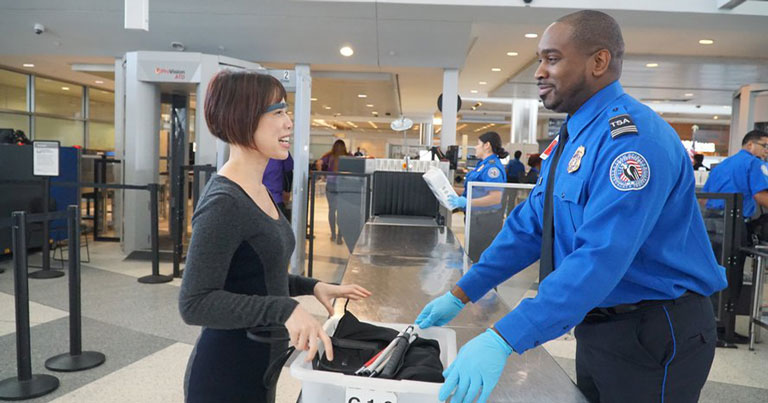The unprecedented spread of coronavirus worldwide demands drastic action across the aviation sector. Because of this pandemic, aircraft groundings, border closures, and flight cancellations resulted in lower load factors and fewer flights.

Airports also incur more operational expenses for extra sanitization and cleaning to allow frictionless travel. Even in unprecedented times, airports still have to operate and leverage the technology in the following ways:
1. Minimize Maintenance and Guarantee Performance
To ensure system availability and stable operations, airports develop AIT (Advanced Imaging Technology) with predictive diagnostic software programs that indicate when services are needed. The technology can tell operators when equipment should be serviced to reduce downtime and maintenance resources.
Moving parts and maintenance of AIT systems will be reduced without moving service requirements. The solid-state design usually supports setup and calibration in the factory rather than in the field during installation.
2. Off-Site Passenger Handling
Technology developments are enhancing many opportunities for off-site passenger handling. Most travel stakeholders and airports use the cloud for baggage drop and pop-up check-in services.
To cope with the rising passenger numbers, airports need to use cloud-based technology to alleviate passenger processing congestion. People will witness off-airport services become a norm in the future, whereas check-in halls will be repurposed and minimized.
3. Improved Security
If you travel a lot, you are probably aware of most airports’ ramped security and safety measures. With laptop bans on flights to the US and UK, tighter entry requirements are carried out across New Zealand and Australia. While tighter security measures offer comfort in ever-increasing global security risks, time-consuming processes and outdated systems are the banes of all business trips.
Some airline safety experts, like Omar Kaddouha, indicate that facial recognition is becoming more popular in airports. It provides an efficient, streamlined, and paperless boarding experience. The technology was recently used for check-in and exit checks, and with a match rate of 100%, airports use the advancements for boarding procedures.
4. Control of the Digital Identity
Persistent travel tokens and digital self-sovereign identity can put passengers back in control and over-identify the aspects they can reveal when traveling. The risks can be consistently assessed by a specialist AI (artificial intelligence) in the future airline.
Governments that use automated collaborative systems to approve a few steps of the journey can use sensitive elements of these details. Airports are no longer responsible for processing passenger data for border security reasons.
5. Faster Processing
As annual passenger numbers continue to rise at travel hub airports globally, the pressure on logistical capabilities unavoidably increases.
Airports use logistical solutions to improve automation and sophisticated engineering, from reclaiming baggage, dropping, sorting, storing, and conveying to processing passengers and ensuring all needs are met.
In a Nutshell!
The question unintentionally lurks in nearly every passenger that traverses through airports daily. While the airport has security and safety arrangements, casualties usually happen daily.
However, technologies will continue to enhance the landscape for safer airports. As other aspects of airports, like value-added customer service and luggage mobilization, continue to advance, the security and safety standards will also improve.




